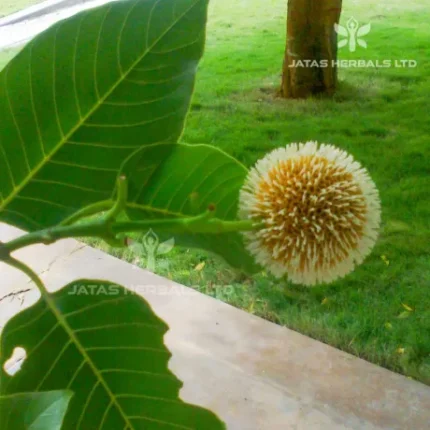Though Caraka did not mention it among the Dasaimani groups, Sushruta quoted Varunadi gana (along with few more drugs) which is used for the treatment of Aümari & Mutrakrcchra. Neither Dhanvantari Nighantu nor Raja Nighantu quote about the lithotriptic property of Varuna. V¾nda Madhava mainly emphasized Asmarighna Property. Vaidya Bapalal describe it as an important drug (stem bark) for hepatomegaly.
Controversial Studies–
In the Glossary of Indian Medicianal Plants (Chopra), C. religiosa Hook. F. & Thoms. Non-forst.f. has been wrongly cited as C. religiosa Forst. F. (Bennet; Name Changes in Flowering plants of India and Adjacent Region. Dehara Dun: Triseas Publishers; 1987). Dr. Nishteswar K. & Aruni Kumar K. (1987) have reported that C. adansonii Dc. Sc Sp. Odora (Buch. Ham.) Jacobs is considered as Varuna in Andhra Pradesh while C. magna (Lour.) Dc and C. nurvala Buch. Ham are considered as Varuna in Kerala.
Botanical Description–
A small tree with a much-branched head. Leaves- deciduous, tri-foliate; petioles 3.8-7.6 cm; leaflets 5-15 by 3.8-6.3 cm. ovate, lanceolate or obovate, acute or acuminate, attenuate at the base, entire, glabrous, pale beneath. Flowers- many, in dense terminal corymbs, greenish white yellow sepals petaloid, small, ovate, acute. Petals 2.5 by 0.9 cm. Stamens longer than the petals. Gynophore nearly 5 cm. long, terete, smooth. Ovary ellipsoid; stigma flat. Fruit- globose or ovoid, woody, smooth or scurfy berry. Seeds- embedded in pulp, nearly smooth, brown.
Major chemical constituents–
Lupeol is reported from stem bark Varunol, rutin, quercetin, sitosterol etc.
Part Used– Root bark, Stem bark
Dosage– Decoction (Kwatha) – 50 to 100 ml
Research Work–
At the central Unit of Govt. Research Dept. of Ayurveda, Hyderabad Varuna KvŒtha is used as stomach wash through Ryelie’s tube and is found to very effective in case of peptic ulcer.





Reviews
There are no reviews yet.